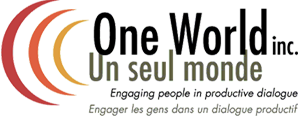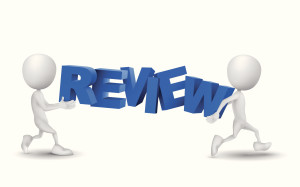Forget the Complaint Box: Why Experience-Based Co-Design is Better
 As growing numbers of health care providers and policy makers embrace the notion that paying attention to patient experience contributes to improving patient health outcomes, various tools to assist in patient engagement are being designed, used and evaluated. One such methodology with a proven track record is Experience-Based Co-Design (EBCD)
As growing numbers of health care providers and policy makers embrace the notion that paying attention to patient experience contributes to improving patient health outcomes, various tools to assist in patient engagement are being designed, used and evaluated. One such methodology with a proven track record is Experience-Based Co-Design (EBCD)
What is Experience-Based Co-Design (EBCD)?
The simplest way to explain EBCD is to say it is a highly productive process for exchanging stories and information between patients and health care providers. It focuses on drawing out the experiences of patients and staff and bringing them together to find ways to improve the experience.


 While there have been numerous changes and innovations to health care in Canada through the years, our health systems still depend to a great extent on inherited, top-down models of care. The shift to patient-centred care (aka person-centred care) and
While there have been numerous changes and innovations to health care in Canada through the years, our health systems still depend to a great extent on inherited, top-down models of care. The shift to patient-centred care (aka person-centred care) and 
 Evaluations are not one-size-fits-all. The
Evaluations are not one-size-fits-all. The  Public engagement initiatives vary in size, scope, time frame and purpose, from projects with tens of thousands of participants around the world to panels involving 10 citizens from across town. The objectives may be to effect a change, to do things better, to foster involvement, to increase knowledge and/or to build common ground.
Public engagement initiatives vary in size, scope, time frame and purpose, from projects with tens of thousands of participants around the world to panels involving 10 citizens from across town. The objectives may be to effect a change, to do things better, to foster involvement, to increase knowledge and/or to build common ground. As a professional field of endeavour,
As a professional field of endeavour, 
 With meeting spaces at a premium at public, private and non-profit organizations, work teams and volunteer committees often have to make do by meeting in tight quarters. While this may be necessary for regular activities, when strategic thinking or challenging conversations are needed, it can be very important to provide a physical meeting space that will
With meeting spaces at a premium at public, private and non-profit organizations, work teams and volunteer committees often have to make do by meeting in tight quarters. While this may be necessary for regular activities, when strategic thinking or challenging conversations are needed, it can be very important to provide a physical meeting space that will